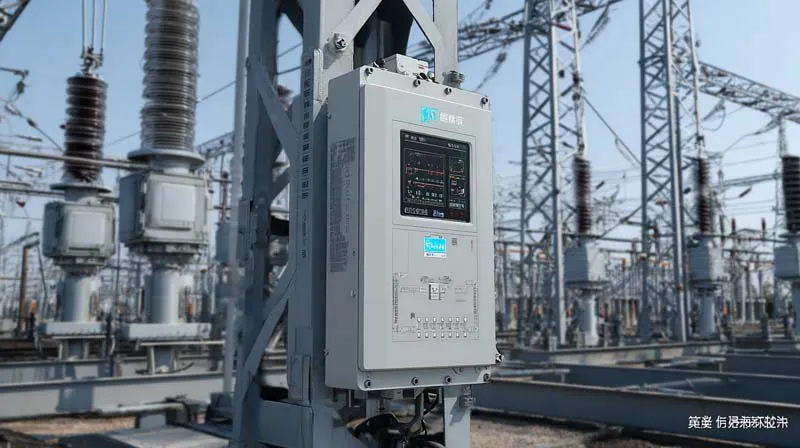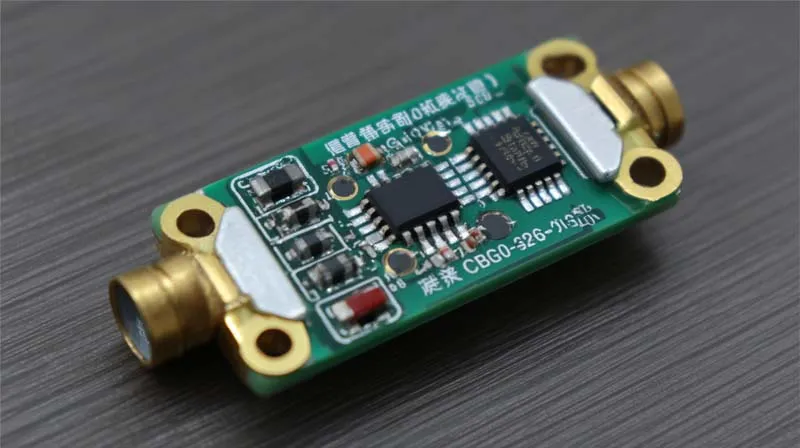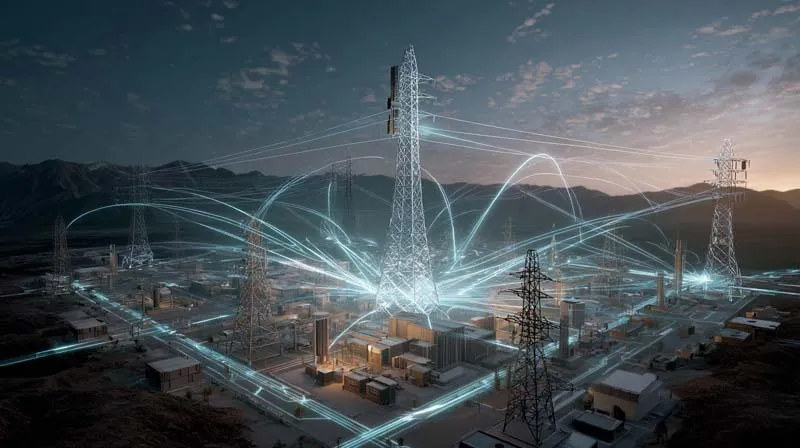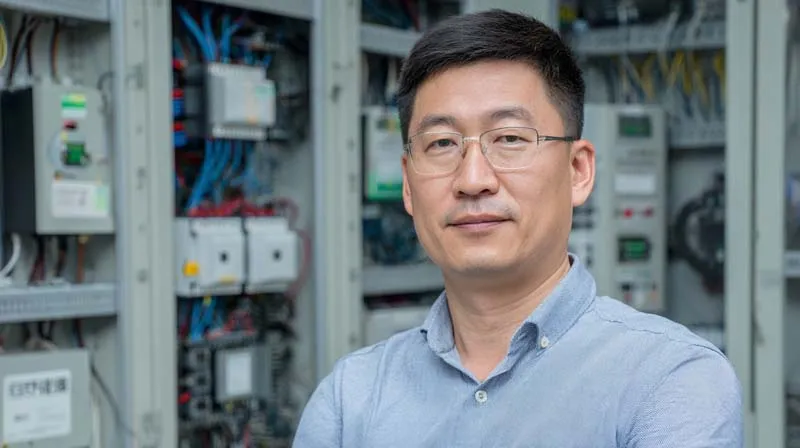IoT Sensors Transform Smart Grids
Smart grids drive global energy transformation. IoT sensors play a pivotal role in this shift. They enable real-time data collection. In 2024, China Telecom showcased a 5G-powered smart grid. IoT sensors monitored grid operations live. Fault response time dropped by 30%. This breakthrough highlights IoT’s potential. It fuels digital progress in energy.

How IoT Sensors Work and Why They Excel
IoT sensors form the backbone of smart grid sensing. They collect, transmit, and process data instantly. Sensors monitor voltage, current, and temperature. Compared to traditional sensors, IoT sensors shine brightly. Here’s why:
1. High Accuracy: Advanced microelectronics ensure precision. Current sensors detect tiny changes. Error rates stay below ±0.1%.
2. Low Power Use: NB-IoT or LoRaWAN sensors consume micro-watts. Devices last over 10 years.
3. Wide Coverage: Paired with 5G, IoT sensors work in tough environments. They support protocols like MQTT.
4. Fast Data Transfer: 5G’s 1ms latency speeds up data flow. Sensors enable quick decisions.

Thus, IoT sensors handle complex grid tasks efficiently. They support real-time monitoring and rapid responses.
5G Smart Grid Structure and IoT Sensor Integration
Smart grids have three layers: sensing, network, and application. IoT sensors dominate the sensing layer. They act like nerve endings. Sensors sit in substations, power lines, and equipment. They track temperature or detect current surges.
5G boosts IoT sensor performance significantly. It offers 10Gbps speeds. It connects 1 million devices per square kilometer. In China Telecom’s project, IoT sensors sent data via 5G. The system pinpointed faults 30% faster. Edge computing enhances this further. Sensors process data locally. For example, abnormal current triggers instant alerts. No cloud delay occurs. This cloud-edge-device model makes grids smarter.

Real-World Impact and Data Insights
China Telecoms 2024 project proves IoT sensors value. Thousands of sensors covered substations and lines. Density reached 10 sensors per kilometer. Data moved at 1Gbps via 5G. Fault detection time fell from 30 to 21 minutes. That’s a 30% gain.
The impact is clear:
– Higher Reliability: IoT sensors cut outages by 20%.
– Lower Costs: Automated monitoring saved 15% in maintenance.
– Better User Experience: Stable power boosted customer satisfaction.
Globally, similar successes emerge. Germany’s wind power grids use IoT sensors and 5G. Efficiency rose by 10%. These examples show IoT sensors are vital for smart grids.
Challenges and Solutions for IoT Sensors
IoT sensors face hurdles in smart grids. Data security risks loom large. Hackers may target sensor networks. Compatibility issues arise too. Different sensors use varied protocols. Costs also challenge large-scale deployment.
Solutions are taking shape:
– Strong Encryption: Blockchain and AES-256 protect data.
– Unified Standards: Matter protocol improves device compatibility.
– Affordable Designs: Modular, low-power IoT sensors cut costs.
China Telecom used AES-256 and standard protocols. They overcame security and compatibility issues. These steps guide the industry forward.
Future Trends: IoT Sensors Shape Energy’s Future
IoT sensors will grow more critical. 6G technology is coming. It promises sub-millisecond latency and Tbps speeds. This will supercharge sensors. AI integration is another game-changer. AI predicts equipment failures using sensor data. Downtime could drop by 80%.
Green energy demands more from IoT sensors. Distributed grids, like solar or storage systems, need real-time monitoring. Sensors optimize energy flow. By 2030, distributed energy markets may hit $500 billion. IoT sensors will lead this charge.

IoT Sensors Drive Smart Grid Success
IoT sensors revolutionize smart grids. They offer precision, efficiency, and speed. China Telecom’s 2024 project cut fault response by 30%. This proves their value. With AI and 6G, IoT sensors will shape energy’s future. They enable greener, smarter grids worldwide.
EELINK Communication pioneers IoT innovation. For over 20 years, their expert team has built IoT solutions. They focus on IoT sensors and platforms. Their products monitor temperature and humidity remotely. Applications span asset tracking, vehicle security, and cold chain logistics. EELINK’s mission is clear: connect everything through smart technology. They deliver reliable solutions. Their work creates value for clients. By pushing IoT boundaries, EELINK meets evolving demands. They pave the way for a connected future.
